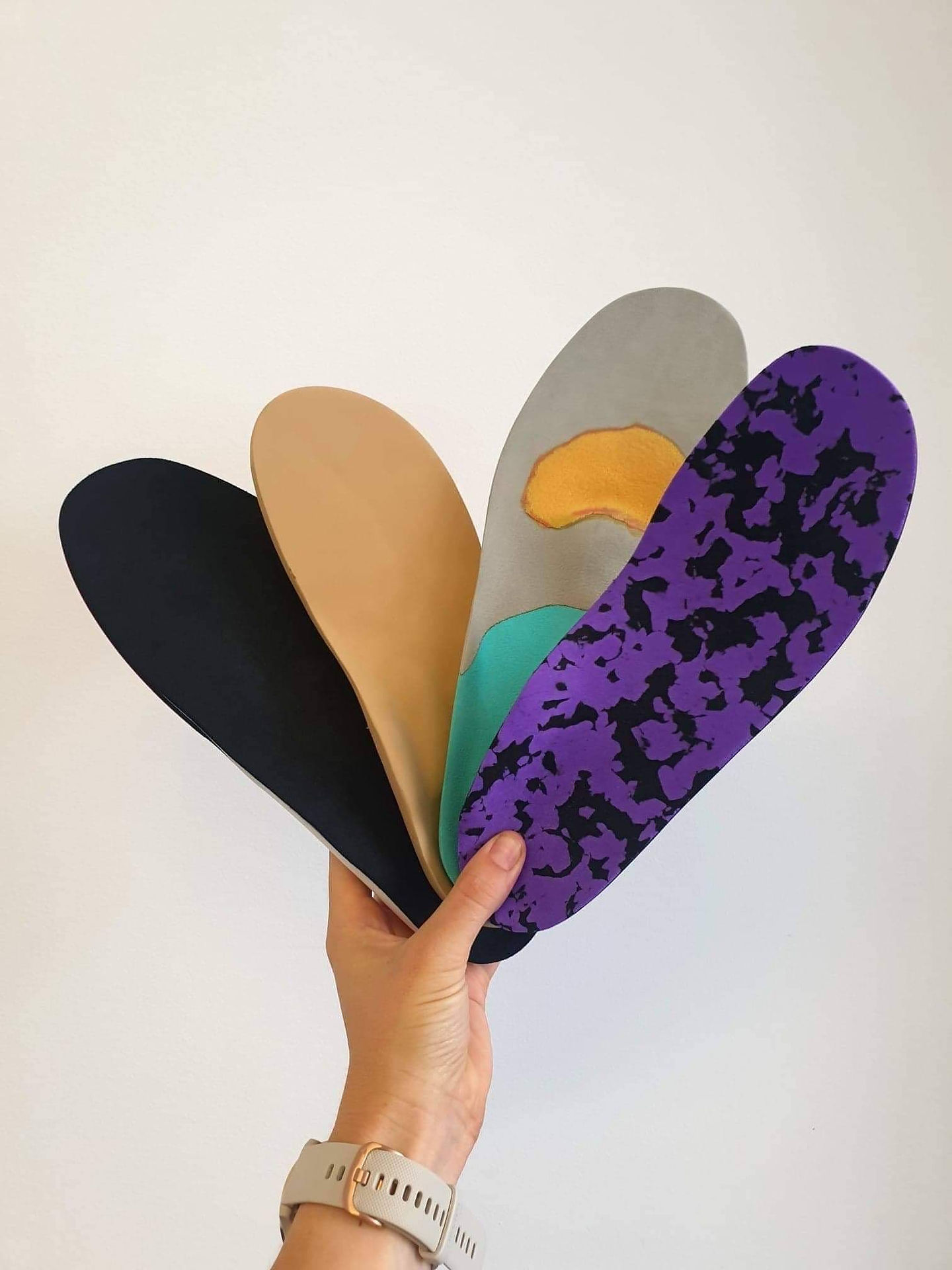
CAM Walkers
A CAM walker (also known as a Moon Boot, Fracture Boot) is a commonly used device to control weight and load of the foot or leg. It is typically used to help in the management of lower limb injury or when are a daviA pneumatic ankle brace first invented in 1976 by Glenn Walter Johnson Jr. (Aircast Inc)
uCAM referrers to Controlled Ankle Motion
uAlso referred to as a Walking Boot, Fracture Boot, Moonboot, Functional Brace
uIn post-surgical management of ankle fractures
uShorter duration to standing unipedal on the affected side and to walk without crutches in the boot group (vs casting) – Amaha (2017), CADTH (2019)
uAs part of acute management of a suspected severe lower limb injury
uTo provide significant offloading of mid or forefoot injuries
uNeuromas
uForefoot stress reactions
uTendon, ligament, plantar fascia rupture
uWearing a CAM walker creates a more even loading pattern. In normal gait, as the forefoot is loaded, the heel leaves the ground, and the forefoot and hallux hold all the weight In a CAM boot, there are no periods where either location bears all the weight.
uWearing a CAM walker increases loading at the heel while decreasing loading at the forefoot and hallux (North et al 2012).
uThe rocker bottom of a CAM walker is designed to load more stable areas of the foot. The rigid sole replaces motion in the foot by limiting active dorsiflexion of the toes during toe-off and, thus, helping to reduce pressure (Brown et al 2004).
uWearing a CAM walker creates a leg length discrepancy, both because of the height of the sole and increased reliance on the unaffected limb. In stance, this can be reduced using a heel lift (Ritchie 2014)
uWhen walking, there is significantly less motion in foot and ankle when wearing a CAM walker. Upper body motion is significantly increased.
uThe wearing of a CAM boot causes significant compromise of balance. Studies have shown significant reductions during stance, functional reach tests and perturbed walking (Goldworth et al 2014).
uA study of 46 patients by Ready et al (2018) found 67% experienced new or worsened secondary site pain during CAM walker boot wear for a lower extremity injury or disorder.
uThe sites most susceptible to secondary pain were the lower back, contralateral hip, and ipsilateral knee.
uOne-third of patients had persistent secondary site pain 3 months after cessation of boot wear.
uNon-compliance to wearing protocols can be an issue. A study by Armstrong et al (2003) showed that patients who were prescribed walking boots to treat active diabetic foot ulcerations only wore the devices 28% they were ambulating.
uImmobilization of the lower leg is associated with deep vein thrombosis (DVT), a type of venous thromboembolism (VTE). In rare cases this can cause severe complications.
uIn those with limbs immobilised for more than 5 weeks, there is conflicting evidence as to the benefits of using Heparin for the prevention of blood clots (Testroote et 2014). Medical guidelines only recommend injections for the prevention of blood clots in people with an increased risk of DVT, for example in those who:
uHave previous venous thrombosis
uHave a known clotting disorder
uHave a history of Cancer
uAre over 60 years old
uAre obese (BMI of more than 30)
uHave a history of chronic heart failure or a previous heart attack
uCommencing movement of the affected limb as soon as possible post injury is recommended to help prevent DVT.
lassified by Lawrence and Bottle, the base, or proximal aspect, of the fifth metatarsal is broken up into three anatomical zones: zone 1, the tuberosity; zone 2, the metaphyseal-diaphyseal junction; and zone 3, the diaphyseal area within 1.5 cm of the tuberosity.
Fractures through zone 1 have the name to as pseudo-Jones fractures, and fractures through zone 2 are referred to as Jones fractures. Radiographs are the initial imaging of choice used to evaluate for these injuries.
Nondisplaced zone 1 injuries can be treated conservatively with protected weight-bearing in a hard-soled shoe, walking boot, or walking cast. Progression to weight-bearing as tolerated can initiate as pain and discomfort subside over 3 to 6 weeks.
Nondisplaced zone 2 injuries, or Jones fractures, may also be treated conservatively with 6 to 8 weeks of non-weight bearing in a short leg cast. The physician may advance weight-bearing status as radiographic evidence of bone healing appears. Zone 2 injures have a nonunion rate of 15 to 30%.
VACOPed CAM Boot
VACOped is the only orthosis which combines early functional treatment with cast-like stability, through its integration of a form fitting vacuum cushion and hard outer shell. It is considered the Gold Standard of post-operative foot and ankle treatment in Germany and Switzerland.
Studies show that rehabilitating patients with a dynamic vacuum orthosis after an ankle fracture results in greater functional outcomes and patient satisfaction rates when compared to conventional casting methods. The orthosis allows patients to return to work significantly earlier than a cast – around 2 weeks.
Even Up Device
Studies demonstrate subjective improvements in balance with the use of a levelling device



